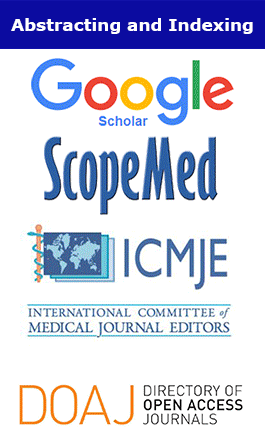Applied Medical Research. 2023;
10(2):(148-161)
Effectiveness of Text Message-Based Intervention in Improving Glycemic Control among Patients with Diabetes Mellitus
Husain Taha, Amani Al Arayedh, Aysha Asif Sarwani*, Fatema Mandeel, Zainab Abdulraheem, Amal Ghareeb, Fatema Al Aradi and Zohour Rashwan
Abstract
Objective: To evaluate the effectiveness of text messages in improving glycemic control and HbA1C.
Material and Methods: This retrospective experimental study recruited 101 patients, aged 14 years and
older, diagnosed with diabetes and receiving treatment at selective clinics in Salmaniya Medical Complex
(SMC) from July 1st, 2022, until December 5th, 2022. The Wilcoxon Signed Ranks Test and Marginal
Homogeneity Test were used to evaluate the effectiveness of text messages in improving glycemic control.
Result: Our results showed 101 participants, 46.5% of whom were 41–65 years old and 52.5% of whom
were female. 69.3% of the patients were not practicing exercises. 49.5% of the patients had hypertension,
and 53.5% had hypercholesterolemia. Nearly equal percentages of the patients had either type I or
type II DM (49.5% and 51.5%, respectively). 58.4% of them are receiving both insulin and oral diabetic
medications. Regarding diabetes complications, 17.8% had retinopathy, followed by renal complications
and peripheral neuropathy. 40.6% of the patients had hypoglycemic episodes in the last six months.
84.2% of the patients attended the text message-based intervention programme (TMBI) for one to two
years. The majority of the patients reported that the programme enabled them to control their sugar
levels (86.1%), reduce the frequency of visiting emergency departments and diabetes clinics (50.5%), and
save time and effort (93.1%). In addition, we demonstrated a significant reduction in HbA1c levels from
73.4518.17 to 62.2215.98 mmol/mol.
Conclusion: The findings indicate that those who were adhering and responding to the text messagebased
intervention programme (TMBI) showed significant improvement in their glycemic control and,
subsequently, their HbA1C.



